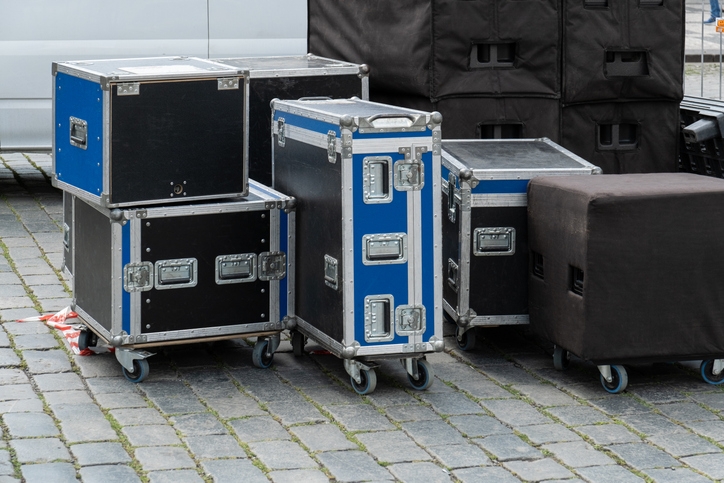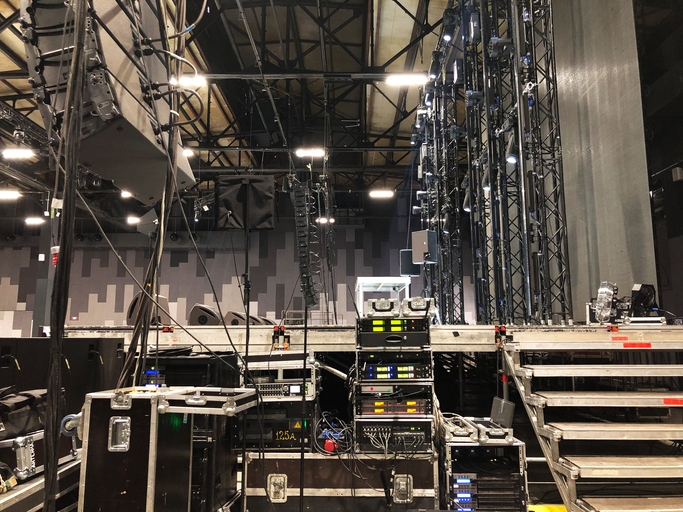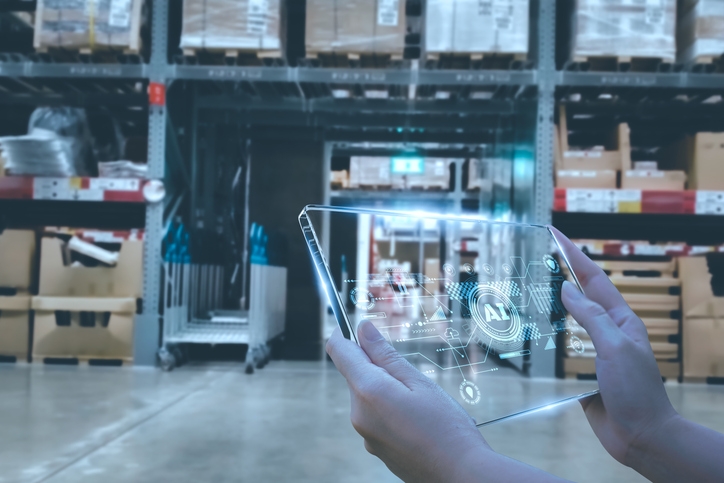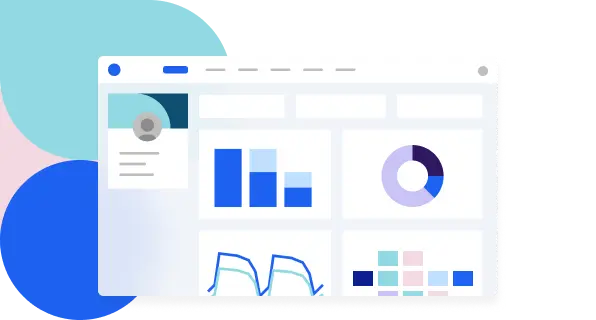Event Chaos? Not Anymore, 10 Ways to Simplify Speaker, Sponsor & Delegate Event Logistics
Enhance your event's success with effective logistics management for speakers. Discover best practices and tips to streamline your process. Read more now!

Introduction: Why These Stakeholders Define Your Event’s Success
Speakers, sponsors, and delegates aren’t just part of the event, they help determine whether it’s a successful event or one that misses the mark. Their experience influences attendee engagement, brand perception, and your ability to generate ROI.
But here's the challenge: without meticulous planning and dedicated processes to manage event logistics for each group, even the best ideas can fall flat. Late speaker uploads, disgruntled sponsors, or confused delegates can quickly derail your event's success.
In this guide, we’ll walk you through how event planners can simplify complex coordination for speakers, sponsors, and delegates using event management software—from the planning stage all the way to post event analysis.
Because at the end of the day, streamlined stakeholder logistics are what transform good events into successful events.
10 Best Practices for Seamless Event Planning
1. Build an Event Planning Logistics Timeline for Managing Logistics for Speakers, Sponsors, and Delegates
Effective event logistics planning means anticipating needs before they arise, from venue setup and signage to technical support and transportation, so that the event flows smoothly for every stakeholder!
Map out your timeline by role—speakers, sponsors, and delegates—to ensure aligned deliverables and deadlines.
Why it matters: Each group has different needs. Generic timelines create confusion and last-minute scrambles. A tailored approach ensures clarity, accountability, and smoother coordination.
Quick Wins:
- Segment timelines: Break it down by group—speaker session uploads, sponsor branding approvals, delegate onboarding.
- Work backwards: Start from the event day and reverse-plan major checkpoints like shipping, rehearsals, and travel.
- Buffer time: Add 5–7 days for reviews, delays, or last-minute changes.
- Use dashboards: Gantt charts or shared boards help your entire team stay on the same page.
Pro Tip: Use event management software to assign stakeholder-specific tasks and automate notifications.
2. Use Event Management Software to Create Stakeholder-Specific Workflows
Replace messy email chains with tailored workflows for speakers, sponsors, and attendees.
Why it matters: Event logistics refers to all the moving parts that make or break execution. Custom workflows improve accuracy, reduce stress, and give stakeholders a seamless experience.
Quick Wins:
- Role-based onboarding: Customize touchpoints—speaker welcome kits, sponsor asset checklists, delegate travel info.
- Automate reminders: No more chasing people for bios or booth designs. Set scheduled nudges via your event platform.
- Smart forms: Trigger specific workflows based on input (e.g., remote speaker = schedule tech rehearsal).
- Venue sync: Share final logistics with venue staff early—power needs, room layouts, breakout sessions.
- Assign leads: Make one team member accountable per group—logistics lead for speakers, sponsors, and delegates.
Avoid this mistake: Generic reminders or unclear owner roles. Add context, set deadlines, and route unresolved issues to the right team member.
3. Optimize Event Venue Setup to Align with Event Goals and Sponsor Expectations
Choose a venue that aligns with speaker needs, sponsor expectations, and delegate comfort.
Why it matters: The right event venue isn’t just about size or aesthetics. It should support the flow of your event, enable seamless branding, and enhance the attendee experience.
Quick Wins:
- Segment requirements early:
- Speakers: Quiet green rooms, AV access, private entrances.
- Sponsors: Adequate booth space, branding zones, power supply.
- Delegates: Accessibility, rest areas, clear signage.
- Walk the venue layout: Map foot traffic for multi-day conferences. Ensure key elements—stage, breakout rooms, registration—are intuitively placed.
- Venue sourcing tips: Look for built-in tech support, adequate storage for sponsor gear, and flexible breakout space.
Pro Tip: Use event management software to track venue readiness and flag potential gaps in layout, equipment, or access.

4. Unify Event Flow and Communication to Prevent Disgruntled Sponsors
Don’t silo stakeholders—sync their schedules, sessions, and setup into a unified event timeline.
Why it matters: Smooth event flow depends on aligning all moving parts. Disjointed speaker arrivals, sponsor booths opening late, or confused delegates break the experience.
Quick Wins:
- Build a master event timeline: Overlay speaker sessions, sponsor booth setup, and delegate arrival/check-in times.
- Set day-of communication plans: Create clear SOPs (standard operating procedures) for team members to manage last-minute changes.
- Rehearsals & run-throughs: Schedule AV checks and tech rehearsals for guest speakers 24–48 hours before the event.
- Contingency planning: Always build a backup for tech issues, speaker delays, or last-minute sponsor requests.
Avoid this mistake: Treating each group as separate. Interlinked logistics = streamlined event experience.
5. Simplify Check-In and Registration Using Smart Event Management Tools
Customize registration flows for speakers, sponsors, and delegates—right from the initial planning stage.
Why it matters: Generic registration forms waste time and lead to missed information. Tailoring the process improves data collection, attendee experience, and help in avoiding event registration challenges.
Quick Wins:
- Create role-specific registration paths:
- Speakers: Session titles, bios, tech needs, travel details.
- Sponsors: Branding assets, booth preferences, activation requirements.
- Delegates: Dietary needs, accessibility, interest areas.
- Integrate forms into your event management software: Automate follow-ups and confirmations.
- Use conditional logic: Show or hide questions based on stakeholder type—no clutter, just relevant questions.
For more practical advice on event registration, check out these 8 essential check-in tips to ensure a smooth experience for attendees.
Pro Tip: Pre-fill repeat sponsor or speaker data from previous events to save time and maintain consistency.
6. Plan Content and A/V Logistics with Built-In Contingency Planning
Simplify session uploads, tech support, and presentation logistics using centralized tools.
Why it matters: Managing logistics for speakers and sponsors isn’t just about the physical space—it’s about making sure their content shines.
Quick Wins:
- Use an event app or portal: Allow speakers to upload slides, videos, and bios directly.
- Set deadlines early in the event planning timeline: Include checkpoints in your event management software to track submissions.
- Standardize presentation formats: Avoid day-of glitches by requesting files in compatible formats and preloading them onto AV systems.
- Schedule dedicated tech rehearsals: Especially for high-profile guest speakers or live-streamed sessions.
Contingency plan must-have: Always have backup laptops, adapters, and offline copies of content for smooth event flow.
7. Align Speaker, Sponsor & Delegate Needs in the Event Planning Process
Successful event planning requires more than just booking a venue; it’s about creating integrated systems where stakeholders, timelines, and technology align. Balance priorities through clear expectations, role-based communication, and shared objectives.
Why it matters: Misaligned expectations often lead to disgruntled sponsors, frustrated speakers, and disengaged attendees. Tying every task back to your event goals keeps the event planning process smooth and stakeholder satisfaction high.
Executional Tips:
- Map event objectives for each group:
- Sponsors = lead generation & visibility
- Speakers = engagement & positioning
- Delegates = valuable learning & networking
- Assign a dedicated stakeholder manager: One team member should own communication for each stakeholder category to ensure streamlined logistics and quick escalation when needed.
- Use your event management software for centralized messaging: Keep everyone on the same page with segmented announcements, deadlines, and real-time updates.
Bonus Tip: Share a stakeholder-specific version of the event schedule early to reduce back-and-forth and allow time for feedback.

8. Secure the Right Venue and Technology for a Seamless Event Experience
Choose an event venue that supports your format—and lock in vendor capabilities before crunch time.
Why it matters: Careful planning at this stage can make or break your event day. Inadequate space, poor layout, or unavailable tech ruins the experience for all parties.
Executional Tips:
- Use venue selection checklists: Match against needs like breakout rooms, equipment storage, adequate space for sponsor booths, and live streaming capabilities.
- Confirm technology integration with vendors: Ensure Wi-Fi bandwidth, AV compatibility, and recording setups align with your speaker management and content delivery needs.
- Run a full walkthrough with your core team and vendors: Identify blind spots and simulate day-of operations, including check-in, crowd flow, and support stations.
Don’t skip customer service training: Prep your staff and vendor teams on sponsor expectations and speaker needs to avoid last-minute friction.
9. Implement a Day-of Communication Plan and Arranging Transportation for Smooth Onsite Execution
From airport pickups to session transitions—plan how everyone gets where they need to be.
Why it matters: Poor transport and directional logistics can damage the entire event experience, especially at a multi-day conference or venue with a complex layout. Good event planning logistics means planning every movement, not just what happens on stage.
Executional Tips:
- Segment transportation needs by stakeholder type:
- Speakers may need VIP pickup and direct-to-green-room routing.
- Sponsors often have bulky booth items that require early access.
- Delegates benefit from clear signage and mapped out shuttle or parking options.
- Use clear communication channels pre- and onsite:
- Share arrival instructions, maps, and emergency contact details via your event app or SMS notifications.
- Staff members at key junctions help prevent bottlenecks.
- Assign a logistics captain: One point-person should oversee arranging transportation, coordinating with drivers, monitoring arrivals, and responding to delays.
Tip: Add buffer time in the event timeline to accommodate traffic, miscommunication, or rescheduled sessions. It protects your event flow from unraveling.
10. Enhance Networking and Brand Visibility While Managing Logistics for Sponsors and Guest Speakers
Design spaces and schedules that encourage real connections—between delegates, sponsors, and speakers.
Why it matters: Without planned networking opportunities, you risk disengaged attendees and disgruntled sponsors who don’t see ROI. Event planning logistics must intentionally support engagement and flow.
Executional Tips:
- Zone your venue layout by intent:
- Breakout rooms for smaller conversations
- Sponsor hubs near food/drinks for natural interaction
- Relaxation or recharge areas for informal mingling
- Stagger sessions and breaks to drive traffic: Give sponsors visibility during high-footfall times and avoid cramming all networking into one evening reception.
- Train your staff members to drive engagement: Equip staff to guide attendees toward activities and connect them with sponsors or sessions that match their interests and target audience profile.
Tip: Use your event management software to push tailored networking suggestions based on attendee interests, titles, or past interactions.
Conclusion: Simplify Event Logistics to Drive Stakeholder Satisfaction
When every detail runs smoothly, your event runs successfully.
Meticulous event planning logistics, supported by the right event technology, lays the foundation for a seamless, stress-free experience—for your speakers, sponsors, delegates, and staff.
By aligning your event objectives with stakeholder needs, establishing clear communication channels, and using tools to ensure vendors and staff are on the same page, you create the conditions for real results: higher engagement metrics, stronger connections, and more impactful events.
Don’t stop at execution—gather feedback and analyze key metrics post-event to surface valuable insights and improve future events. What you learn now can unlock even more success in your future events.
Ready to streamline your next event from start to finish?
Azavista’s all-in-one event management software helps you simplify complex logistics, keep every stakeholder informed, and measure what matters.
Explore how Azavista can power seamless event logistics—so your next event runs even better than the last.
More Event Management












